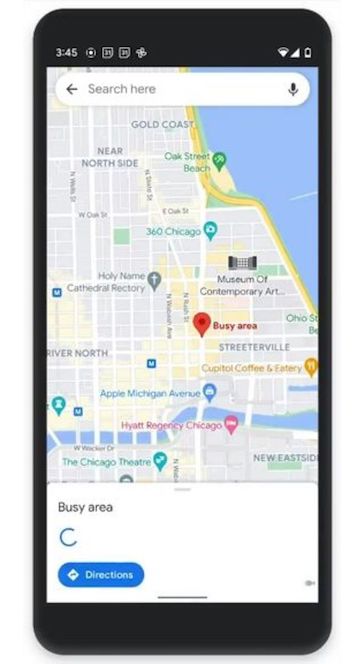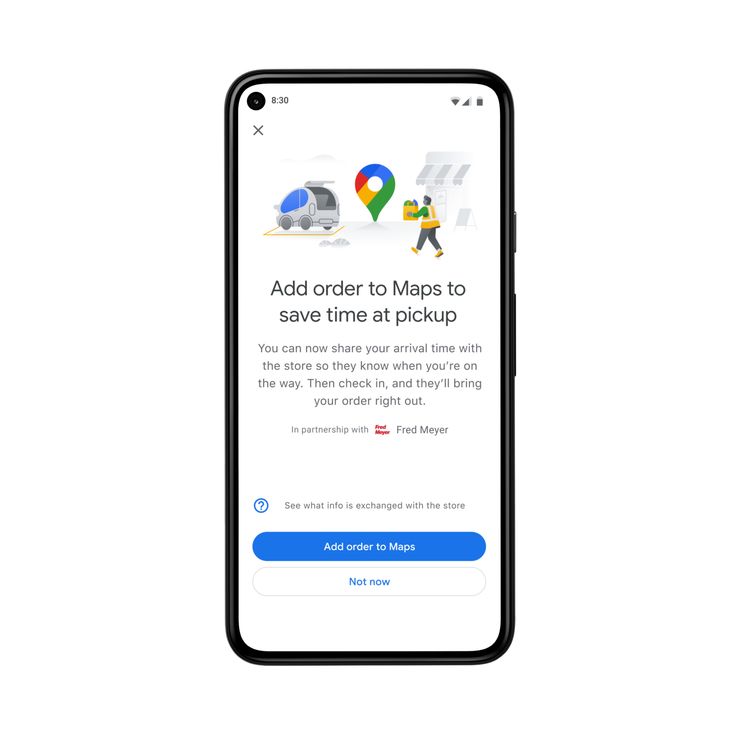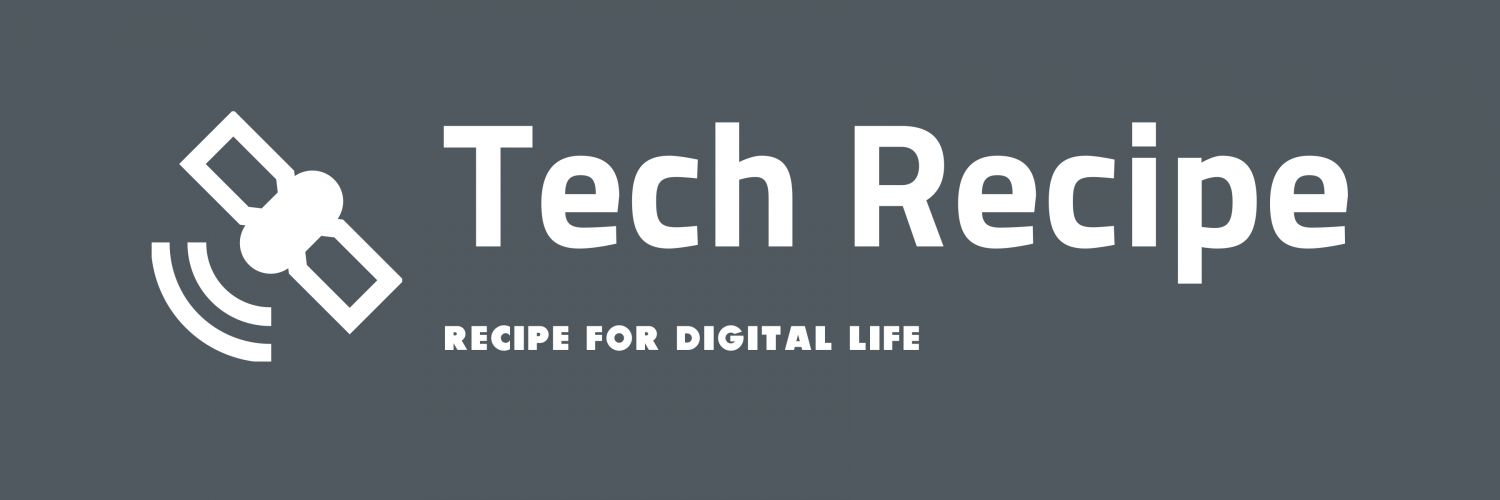
Google Maps expands congestion information to show congestion in stores, entertainment facilities, museums and parks. When you open the Google Maps app on your smartphone and zoom in, you’ll find pins at crowded areas in your area, making it easier to decide where to shop. You can avoid it by checking whether the shortcut is usually crowded with year-end events. This feature will be made available worldwide and will be supported on both Android and iOS.
The Google Maps directory tab is also strengthened. You can see how much space is available in places such as shopping malls, transfer stations, and airports. In shopping malls or airports, you can tell which floor to go to which side of the building. In the directory tab, you can find the locations of airline lounges, car rentals, and parking lots, which are difficult to understand with just a general Google map map.
Google Maps restaurant information adds outdoor seating, delivery, and pick-up availability from parking lots. Also, although this is not related to COVID-19, the average amount per person at the restaurant is also displayed. So when looking for a restaurant, you can also sort by budget. The number of people who became the source of the data is also displayed, which is expected to increase the reliability of the data.

Also, in the United States, services such as BOPIS (Buy Online, Pickup In Store) or online ordering and payment (Click & Coolect) are popular in the US to receive products ordered online. Through this, there is no need to cross with people in the store, there is no need to waste searching for products, and it is usually faster than waiting for delivery. Google Maps is trying to realize waste-free shopping in connection with this.
How it works is that when a user orders a product within the superapp, that information can be added to Google Maps. Therefore, when the supermarket has the ordered product, Google notifies the user, and when the user leaves the house, it is shared with the supermarket so that the product can be delivered as soon as it arrives at the store. Google states that the waiting time of users using this function in Google Maps was less than 5 minutes.
This structural evaluation version has been conducted at some stores in Portland, Oregon, USA (Fred Meyer) since 2020.


















Add comment